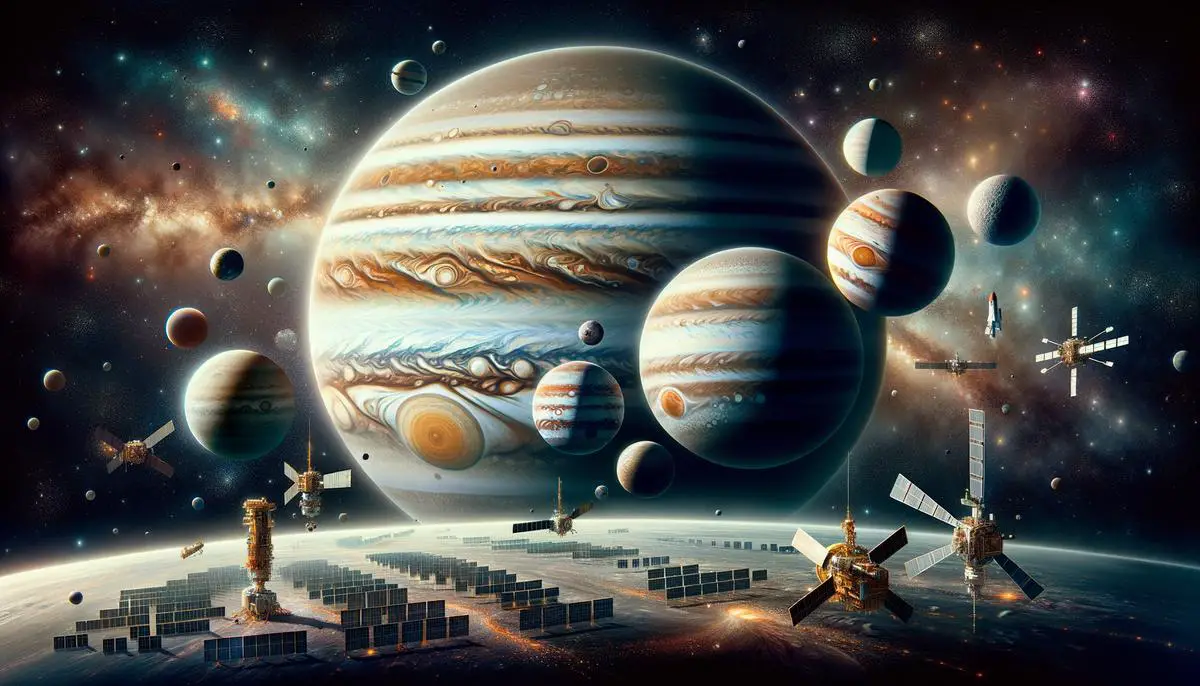Historical Missions to Jupiter
Pioneer 10 and 11, launched in 1972 and 1973 respectively, were the first spacecraft to reach Jupiter. They provided invaluable data on Jupiter's magnetosphere, radiation belts, magnetic field, and atmospheric composition. Pioneer 11 also captured groundbreaking images of the Great Red Spot.
Voyager 1 and 2, arriving in 1979, transformed our understanding of the Jupiter system. They documented Jupiter's ring, discovered new moons, and revealed volcanic activity on Io. Voyager 2 provided detailed images of Europa's icy crust, hinting at a potential subsurface ocean.
Galileo, the first mission to orbit Jupiter, began its detailed study in 1995. Its atmospheric probe provided direct measurements of Jupiter's atmosphere, while the orbiter explored Io's volcanic activity, confirmed Europa's subsurface ocean, and discovered Ganymede's magnetic field.
The Ulysses mission, primarily focused on studying the sun, swung by Jupiter in 1992, providing additional data on its magnetic field and radiation environment.
Cassini-Huygens, en route to Saturn, captured over 26,000 high-resolution images of Jupiter's atmosphere during its 2000 flyby, enhancing our understanding of Jovian meteorology.
New Horizons, on its way to Pluto, used Jupiter for a gravity assist in 2007. It refined the orbits of Jupiter's inner moons, captured the "Little Red Spot," and observed volcanic eruptions on Io.
These missions collectively revealed a wealth of knowledge about Jupiter's atmosphere, magnetosphere, rings, and moons, each contributing uniquely to our scientific framework.
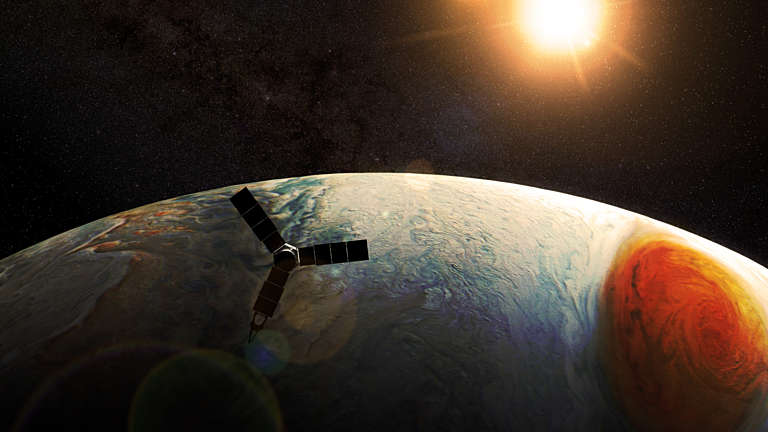
Current Missions: Juno and JUICE
NASA's Juno mission, launched in 2011 and arriving at Jupiter in 2016, represents a critical milestone in the study of Jupiter. Unlike its predecessors, Juno orbits the gas giant, diving close to the cloud tops to gather extensive data on its structure and composition.
Juno has revealed that Jupiter's core is a fuzzy mix of solid and gaseous elements, offering clues about the planet's formation. Its high-resolution imaging has uncovered a series of cyclones clustered around the poles and probed the Great Red Spot, revealing its depth to be approximately 300 miles1.
During its extended mission phase, Juno is studying Jupiter's larger moons, particularly Ganymede, Europa, and Io, offering insights into their geology and potential for harboring life.
JUICE Mission Highlights:
- Launched: April 2023
- Focus: Ganymede, Callisto, and Europa
- Primary Goal: Explore potential for life
- Key Investigations:
- Subsurface oceans
- Chemical composition
- Magnetic environments
Ganymede, the largest moon and the only one known to have its own magnetic field, is a prime target. Once JUICE enters orbit around Ganymede, it will conduct extensive observations to unravel the moon's internal structure and magnetic signature.
These missions signify an era of advanced exploration, carefully designed to broaden our comprehension of Jupiter and its moons, setting the stage for future missions.
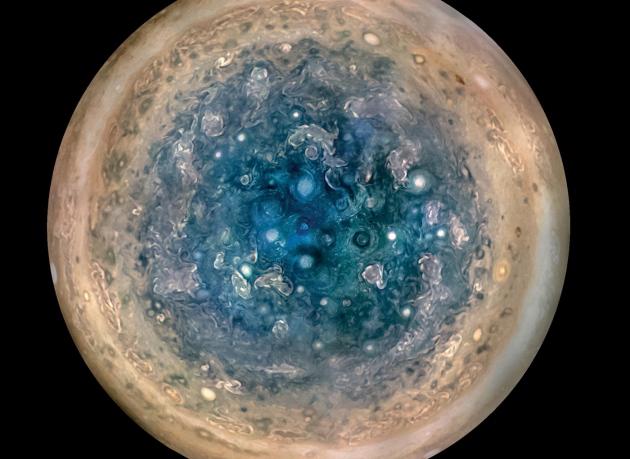
Upcoming Missions: Europa Clipper
NASA's Europa Clipper mission, scheduled for launch on October 6, 2024, aims to investigate the potential habitability of Jupiter's moon Europa. The spacecraft will use a Mars-Earth gravity assist trajectory to reach Jupiter by April 11, 2030.
Upon arrival, Europa Clipper will adopt an elliptical path around Jupiter, performing nearly 50 close flybys of Europa. During these flybys, the spacecraft will deploy a suite of cutting-edge scientific instruments designed to penetrate Europa's icy crust, analyze its surface, and sample the tenuous atmosphere.
Key Instruments:
- REASON: Ice-penetrating radar to map the thickness of Europa's ice shell and search for subglacial water bodies.
- EIS: High-resolution cameras to capture Europa's geological features and surface activity.
- MISE: Spectrometer to identify surface composition, including organic compounds and salts.
- E-THEMIS: Thermal imaging system to locate warmer regions where liquid water might be closer to the surface.
- MASPEX: Mass spectrometer to analyze the moon's thin atmosphere and any plume activity.
- Europa-UVS: Ultraviolet spectrograph to detect water vapor plumes and assess surface ice interactions.
- PIMS and ECM: Instruments to provide data on Europa's induced magnetic field.
- Gravity/Radio Science experiment: To measure Europa's gravitational field shifts.
Through this comprehensive suite of instruments, Europa Clipper aims to provide an unprecedented examination of Europa's habitability. Its findings will advance our knowledge of this enigmatic moon and lay the groundwork for future missions, potentially including those that might one day directly sample the ocean beneath Europa's icy crust2.
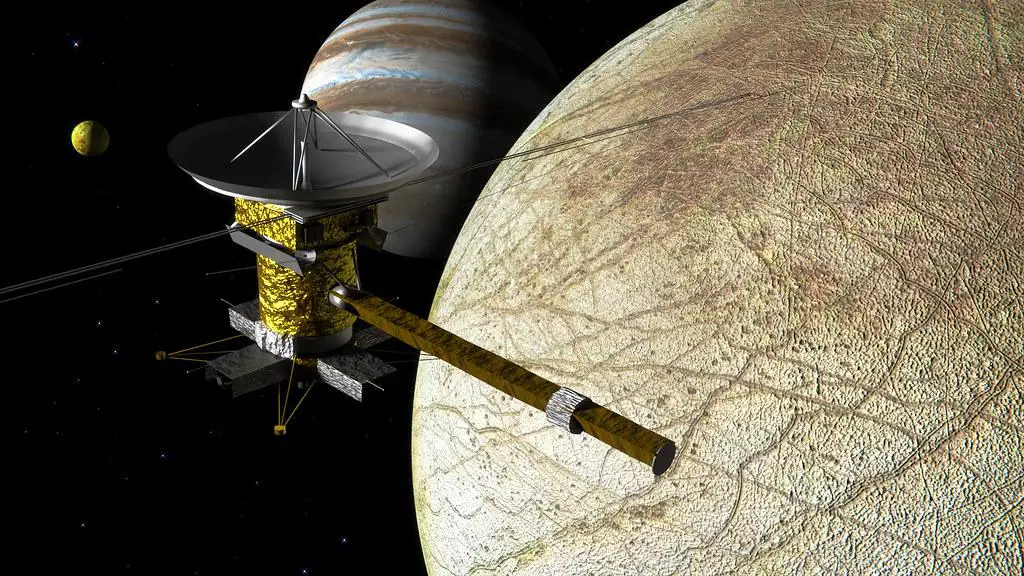
JUICE Mission Details and Challenges
JUICE is tasked with investigating three of Jupiter's largest moons: Europa, Ganymede, and Callisto. These moons potentially harbor subsurface oceans, making them candidates in the search for extraterrestrial life. The mission's objectives include studying the moons' geological characteristics, subsurface structures, magnetic environments, and potential habitability.
For Europa, JUICE will examine its icy crust for signs of liquid water beneath the surface. Using ice-penetrating radar, it will attempt to map the thickness of the icy shell and identify any sub-ice lakes or liquid water pockets.
Ganymede, the largest moon in the solar system, is unique with its intrinsic magnetic field. JUICE will focus on understanding its internal structure and magnetic environment. The mission will also investigate the composition and distribution of its icy crust, seeking to confirm the presence of a subsurface ocean.
Callisto, with its heavily cratered surface, presents a different aspect of the Jovian moons. JUICE will study its surface composition and geological history, aiming to determine whether it harbors a subsurface ocean.
Technical Challenges in Jupiter's Harsh Environment:
- Intense radiation: JUICE is equipped with heavy radiation shielding to protect its electronics and instruments.
- Extreme temperature variations: The spacecraft has thermal protection systems to manage temperatures ranging from -230°C near Jupiter to intense heat during its Venus flyby.
- Power generation: At Jupiter's distance, sunlight is about 25 times weaker than on Earth. JUICE has a large array of solar panels (914 square feet) designed to function efficiently in dim sunlight.
- Complex trajectory: JUICE must undertake multiple gravity assists, including a unique double-flyby of the Moon and Earth, to reach Jupiter while conserving fuel.
These challenges make JUICE one of the most ambitious missions in current space exploration, potentially leading to groundbreaking discoveries about the habitability of icy moons in our solar system.
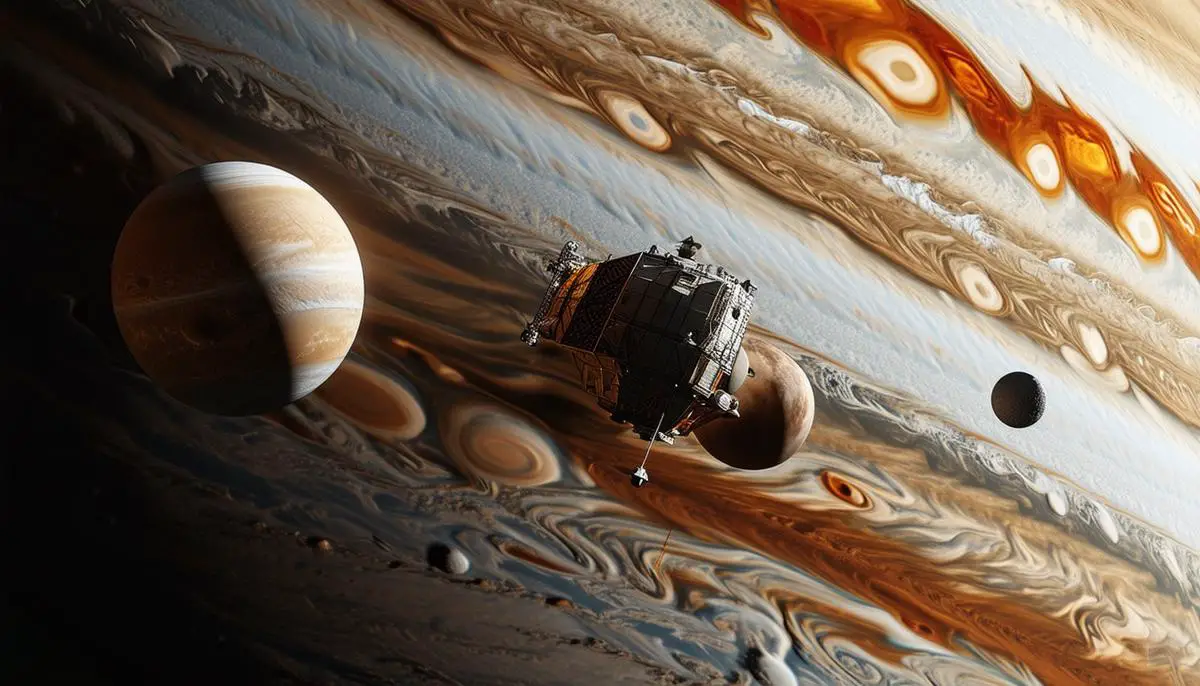
Scientific Goals and Instruments of JUICE
JUICE is equipped with a suite of sophisticated instruments designed to probe the environments of Jupiter and its moons:
| Instrument | Function |
|---|---|
| JANUS optical camera | Captures high-resolution images of the moons' surfaces, observing surface geology, ice tectonics, and varied landscapes. |
| MAJIS (Moons and Jupiter Imaging Spectrometer) | Analyzes surface composition using spectroscopy to detect minerals, ices, and organic molecules. |
| J-MAG (Magnetometer suite) | Investigates the magnetic fields of Ganymede and their interactions with Jupiter's magnetosphere. |
| RIME (Radar for Icy Moons Exploration) | An ice-penetrating radar that maps the thickness of ice crusts and reveals subsurface structures, potentially identifying liquid water pockets or subsurface oceans. |
| 3GM (Gravity & Geophysics of Jupiter and Galilean Moons) | Uses radio waves to measure changes in JUICE's trajectory caused by the moons' gravitational pull, helping determine their internal compositions and structures. |
| PEP (Particle Environment Package) | Analyzes the particle environment around Jupiter and its moons, studying charged and energetic particles to understand the radiation environment. |
These instruments will comprehensively characterize Jupiter's icy moons, offering insights into their geophysical properties, chemical compositions, and potential habitability. The mission represents a significant step in understanding the Jovian system and the broader question of life in the universe.1
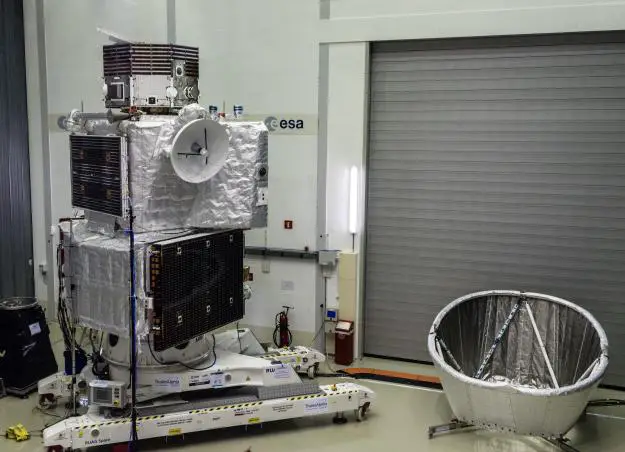
In summary, missions to Jupiter and its moons have expanded our understanding of the gas giant and its satellites. Each mission has contributed unique insights, laying a foundation for future explorations. As we continue to investigate these celestial bodies, we move closer to answering fundamental questions about our solar system and the potential for life beyond Earth.
"JUICE will be the first spacecraft to orbit a moon other than Earth's moon, marking a significant milestone in space exploration."2
![]()
